21 Uncommon Birds of Prey with Unexpected Hunting Techniques
Unusual Birds of Prey Hunting Techniques:
- Some species use unique hunting methods, such as aerial dives and ground-based ambushes.
- Some are known for their speed or strength, while others use clever tactics or specialized adaptations.
- This list explores 21 uncommon birds of prey and their unique hunting strategies.
Harpy Eagle (Harpia harpyja)

Harpy Eagle Hunting Techniques:
- Known for powerful legs and massive talons.
- Hunts in dense tropical rainforests of Central and South America.
- Prefers perch and ambush prey like monkeys and sloths.
- Hunting method involves stealth, silent navigation, and sudden attacks.
- Demonstrates strength and precision by tearing prey apart in mid-air.
- Displays power and mastery of its dense forest environment.
Peregrine Falcon (Falco peregrinus)
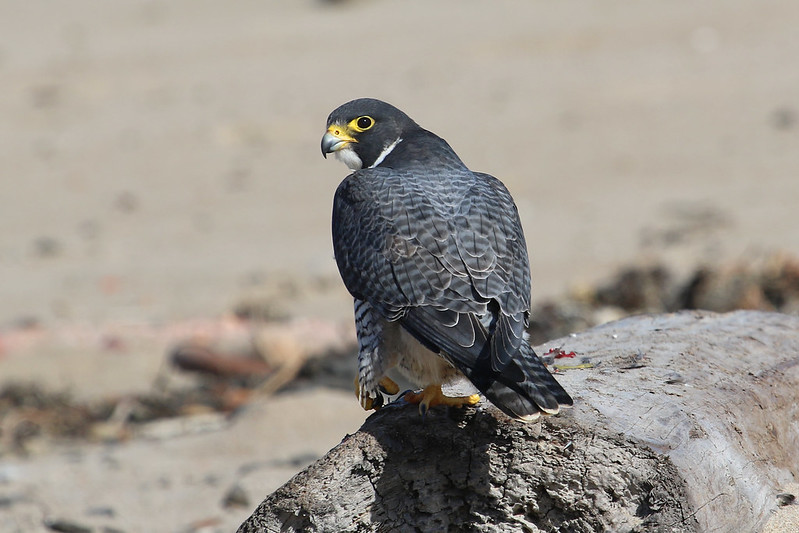
Peregrine Falcon’s Aerial Hunting Technique:
- Diving at over 200 mph for mid-flight bird strikes.
- Uses body to knock birds out of the air, not relying on talons.
- Once prey is incapacitated, the falcon recovers and completes the kill.
- Unmatched speed and agility in the bird world.
Secretary Bird (Sagittarius serpentarius)
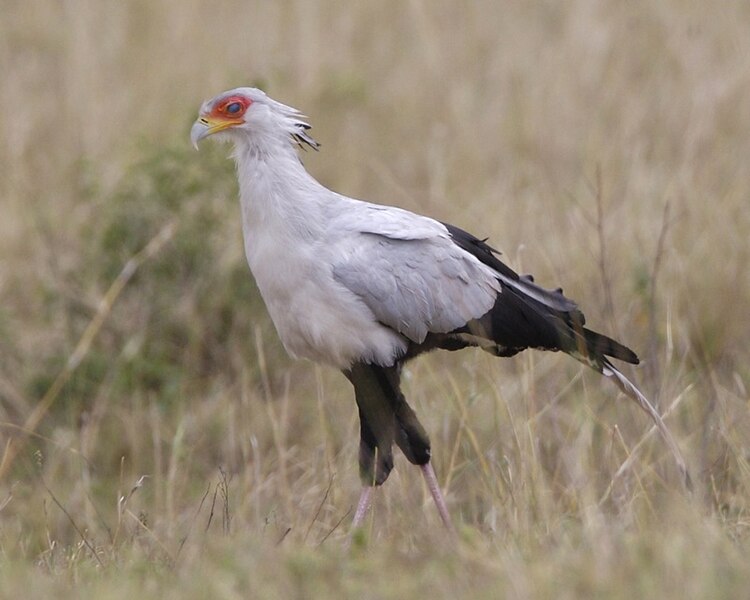
Secretary Bird: A Unique African Raptor:
- Known for its long legs and unique hunting method.
- Spends most of its time on the ground, swiftly searching for prey like snakes and insects.
- Primary technique: stomp on prey with force, using legs for rapid, precise strikes.
- Uses keen eyesight to spot prey, then approaches swiftly before delivering a fatal blow.
- Controls the pace of the hunt, making it a formidable predator.
Swallow-Tailed Kite (Elanoides forficatus)
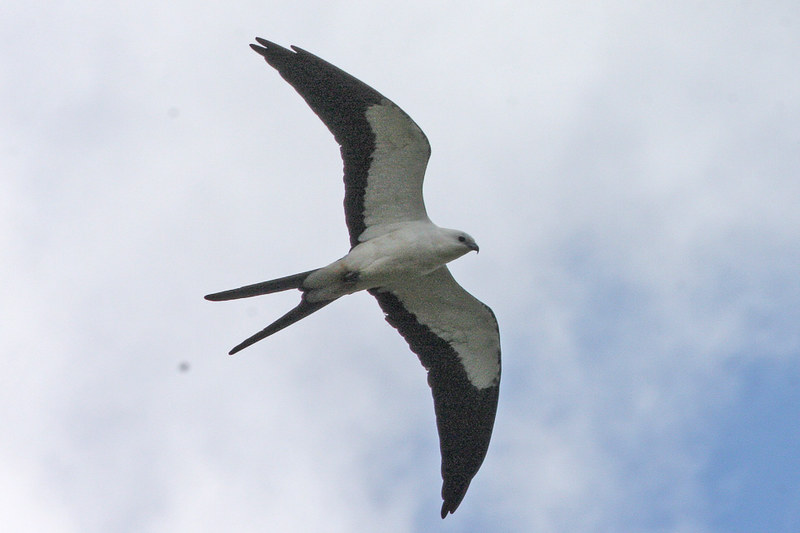
Swallow-Tailed Kite Hunting Techniques:
- An aerial acrobat with a striking, forked tail.
- Hunts in open woodlands, swooping through trees for insects and small vertebrates.
- Unexpectedly, can catch insects mid-air by darting and twisting.
- Often hunts during the day, scanning for prey.
- Captures insects with a quick swipe of feet, resembling aerial insectivores.
Golden Eagle (Aquila chrysaetos)
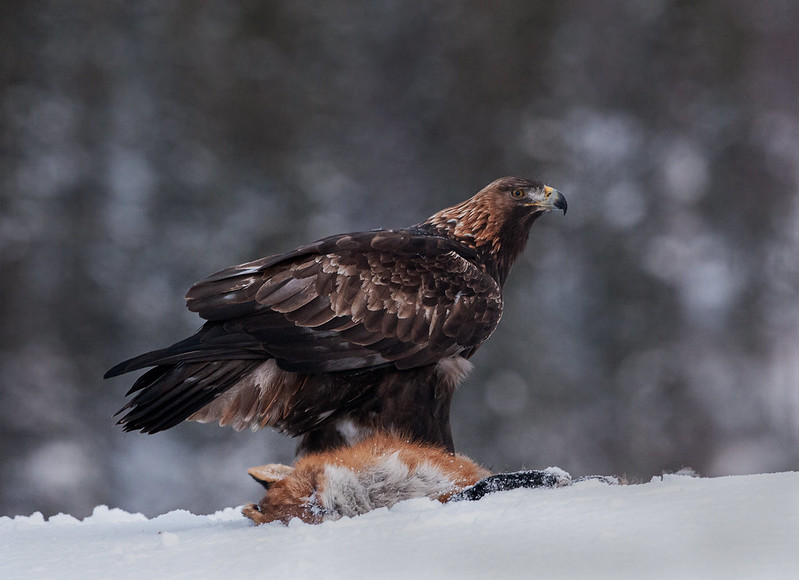
Golden Eagle Hunting Techniques:
- Largest and most powerful eagle with diverse hunting techniques.
- Hunts in pairs, flushing out prey while waiting for ambush.
- Can hunt large mammals like deer and foxes by swooping from high heights.
- Patient hunters, often waiting for hours before pouncing.
- Effective predators due to silent flight and strategic planning.
Gyrfalcon (Falco rusticolus)
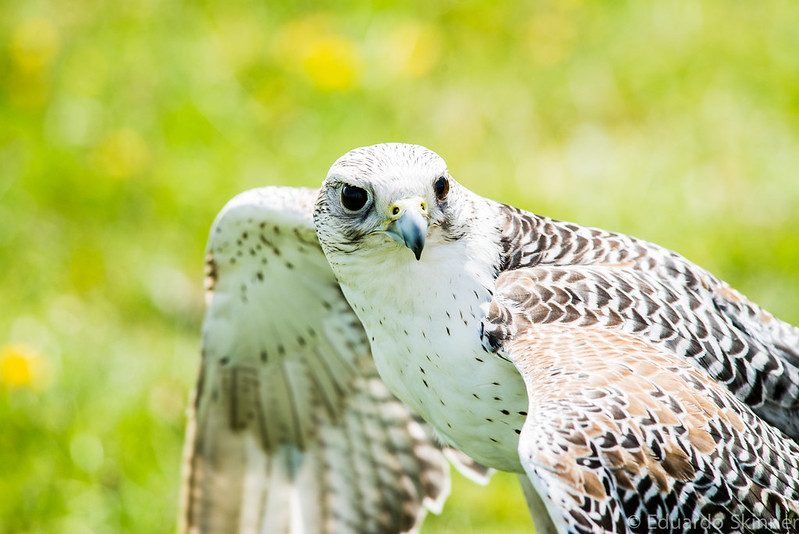
Gyrfalcon Hunting Techniques:
- Largest and most powerful falcon in northern climates.
- Uses high-speed pursuits and strategic aerial maneuvers.
- Employs slow, deliberate chasing tactics.
- Prey includes ptarmigans, ducks, and tundra birds.
- Hunts in harsh weather conditions, demonstrating resilience.
- Hunting methods involve patience and agility.
Andean Condor (Vultur gryphus)

Andean Condor Hunting Technique:
- Primarily feeds on carrion, not live prey.
- Relies on scavenging from high altitudes using thermal updrafts.
- Soars hundreds of meters above ground to scan for potential carcasses.
- Gliding down with precision when spotted.
- Strong enough to drive away competitors and dominate feeding sites.
- Survival strategy based on exceptional vision, soaring abilities, and dominance over other scavengers.
Osprey (Pandion haliaetus)

Osprey Fishing Techniques:
- Known for its dramatic, efficient technique of plunging into water from heights.
- Unique reversible talons allow easy grasp of slippery prey.
- Hunting involves hovering over water and diving, often plunging underwater before emerging with a catch.
- Adaptable to both fresh and saltwater environments.
- Expert hunter due to strong wings and sharp vision.
- Over time, perfected technique despite risk of failed dives.
Long-Eared Owl (Asio otus)
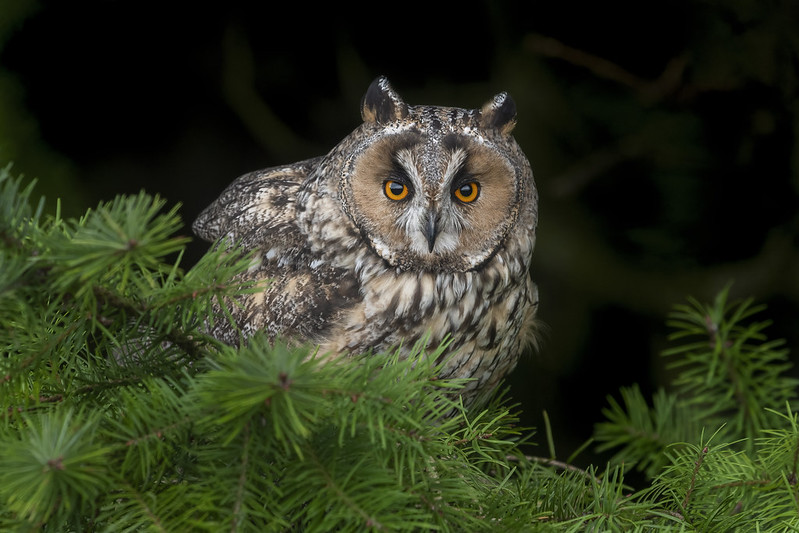
Long-Eared Owl Hunting Technique:
- Specializes in hunting small mammals under nighttime cover.
- Hunts silently using acute hearing to detect faint sounds.
- Relies less on vision and more on hearing sense.
- Often locates prey in darkness.
- Snatches prey with sharp talons.
- Effective nocturnal predator due to its ability to hunt in low light and pinpoint prey through sound.
Northern Harrier (Circus hudsonius)
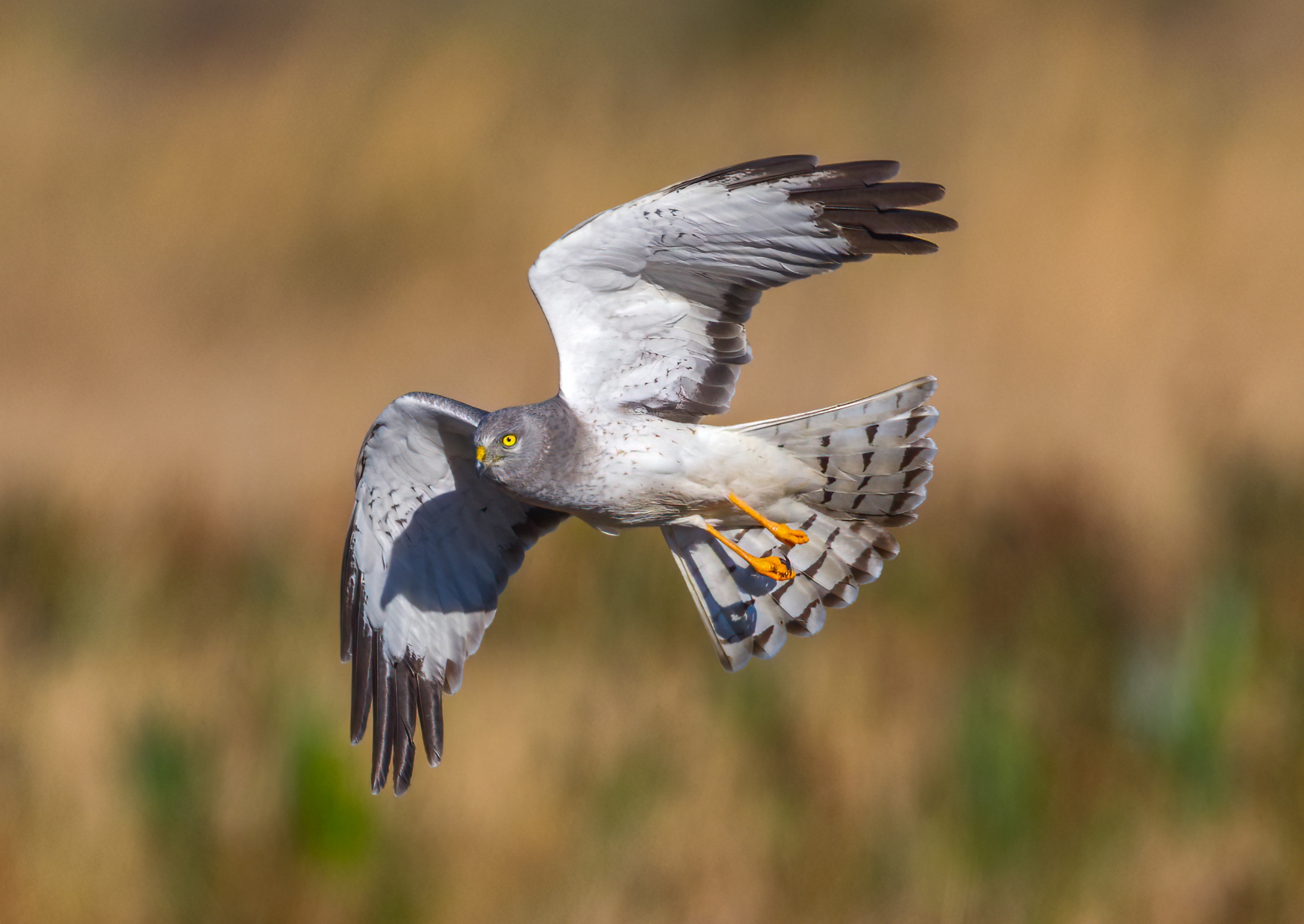
Northern Harrier Hunting Style:
- Known as “quartering,” flies low over the ground, weaving back and forth for prey.
- Hunts with a slower, deliberate glide, using keen eyesight to spot movement.
- Wide, owl-like face funnels sound towards ears, improving prey detection.
- Quick, decisive swooping down when locating target, especially effective in open fields and marshes.
Bald Eagle (Haliaeetus leucocephalus)
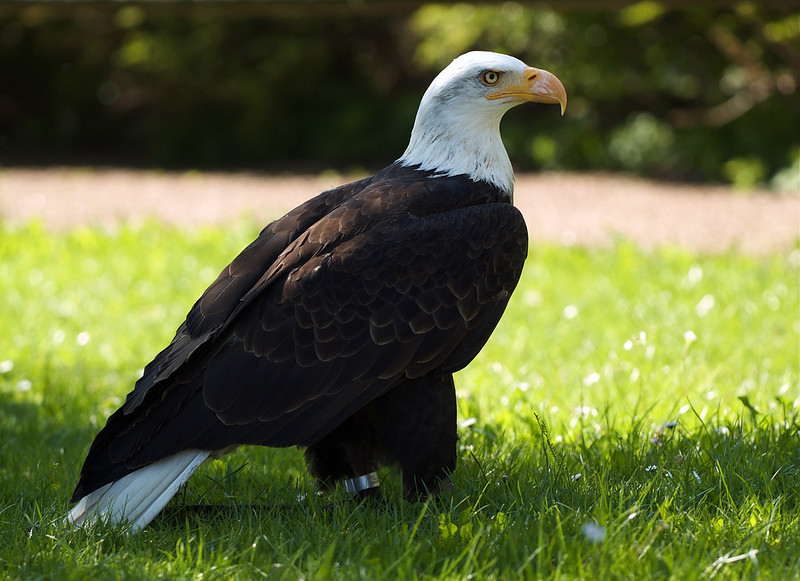
Bald Eagle Hunting Techniques:
- Uses a “wait-and-snatch” approach, hovering over lakes and rivers.
- Willingness to steal prey from other birds, including Ospreys.
- Diving from heights, using powerful talons to snatch prey from water.
- Opportunistic hunting method, often choosing the easiest available meal.
- Versatility and adaptability make it a dominant force in its environment.
Merlin (Falco columbarius)
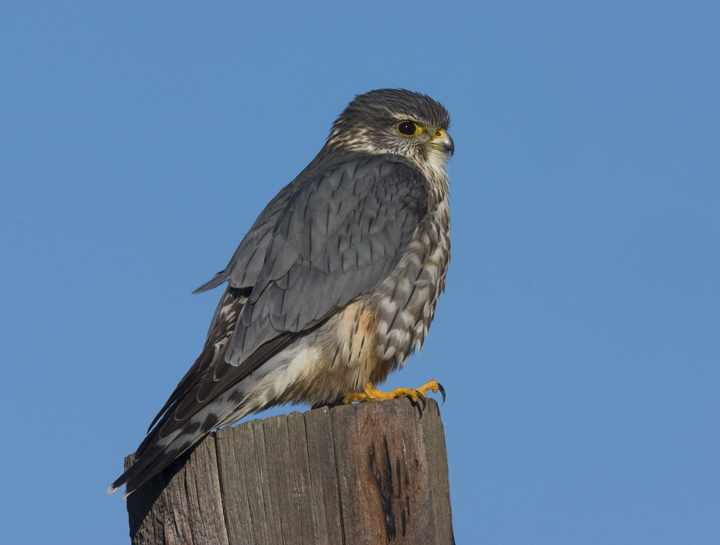
Merlin: A Small Falcon Hunting Style:
- Known for quick, unpredictable chase tactics.
- Pursues smaller birds in erratic twists and turns.
- Quick maneuvering through dense forests or urban environments.
- Quick strike, usually targeting sparrows or finches.
- Appropriate predator in various habitats due to its unpredictable hunting style.
Black-Footed Falcon (Falco subbuteo)

Black-Footed Falcon Hunting Techniques:
- Flys at low altitude, scanning for small birds or insects.
- Employs a “shock and awe” strategy, surprising prey with speed and aggression.
- Uses reflexes and agility to chase down fast-moving prey.
- Hunts off-guard, demonstrating precision and efficiency.
Red-Tailed Hawk (Buteo jamaicensis)
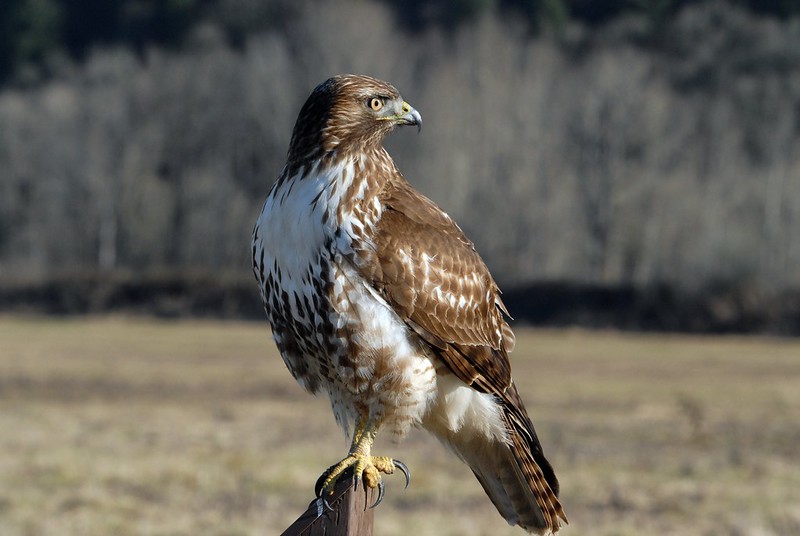
Red-Tailed Hawk Hunting Techniques:
- Combines soaring and stalking hunting.
- Circles high in the sky in open fields for small mammals.
- Uses keen vision in dense areas to spot prey.
- Uses powerful talons to dive sharply after locating a target.
- Thrives in diverse habitats, from forests to urban areas.
Aplomado Falcon (Falco femoralis)
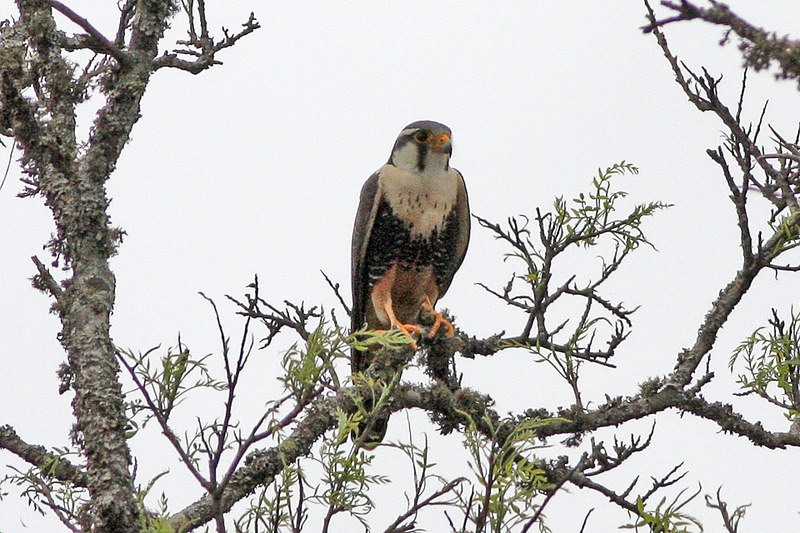
Aplomado Falcon: Medium-Sized Raptor in Americas:
- Found in open landscapes.
- Hunts low over grasslands, scanning for small mammals and insects.
- Quickly swoops in to catch prey with sharp talons.
- Known for high-speed chase, including birds like quail.
- Prefers open environments like grasslands and deserts.
- Hunts cooperatively in pairs, demonstrating teamwork in predation.
Northern Shrike (Lanius excubitor)
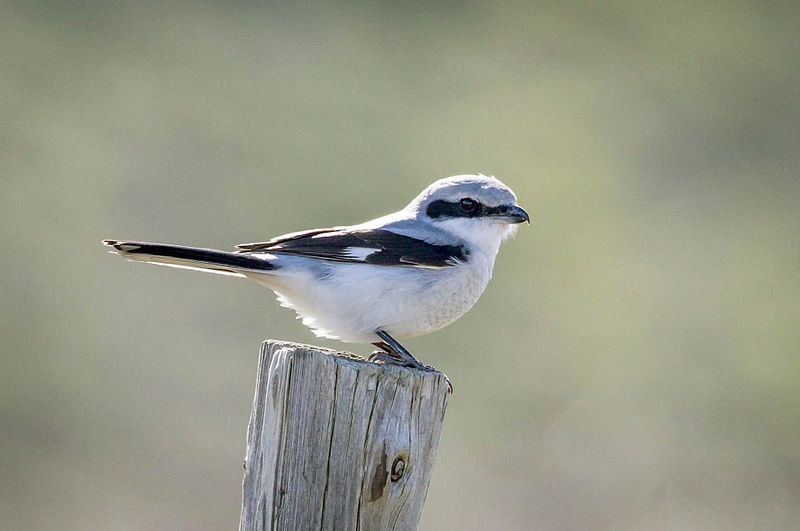
Northern Shrike Hunting Technique:
- Impals prey on thorns or barbed wire.
- Hunts insects, small mammals, and birds.
- Stores kills by spearing them on branches or fences.
- Uses sharp, hooked bill and powerful talons for easy capture and killing.
- Prefers open, shrubby landscapes for surveying.
- Unique “larder” technique among birds of prey.
Barn Owl (Tyto alba)
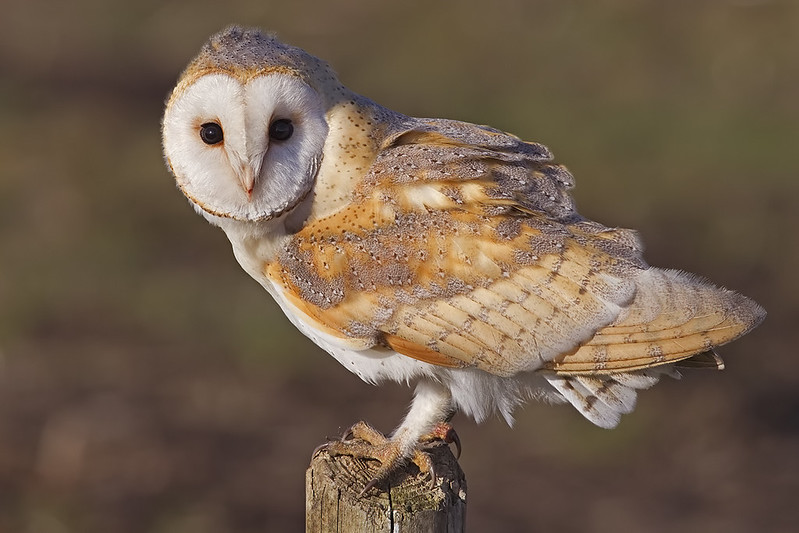
Barn Owl Hunting Technique:
- Utilizes acute hearing for silent flight and sound-focused hunting.
- Targets rodents, locating prey even in dense cover.
- Can rotate heads 270 degrees for wide field of vision.
- Typically hunts in open fields and woodlands.
- Known for efficient nocturnal hunting due to silent flight and precision.
Kestrel (Falco tinnunculus)
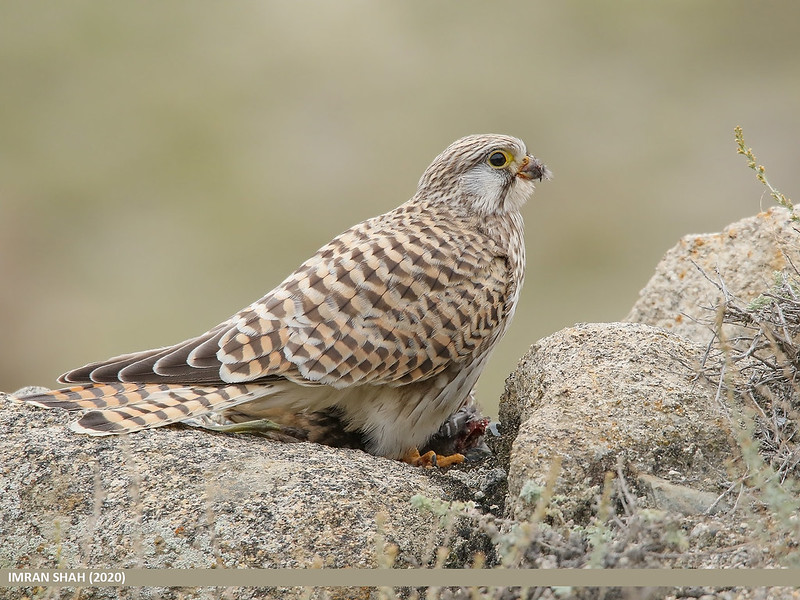
Kestrel Hunting Technique:
- Uses unique “hovering” technique to hunt small prey.
- High metabolic rate necessitates constant hunting.
- Hunts over open fields and grasslands, using wind for stability.
- Sharp eyesight enables spotting of even slight ground movement.
- Sets Kestrel apart from other prey hunters who hunt by chasing or ambushing.
Harris’s Hawk (Parabuteo unicinctus)
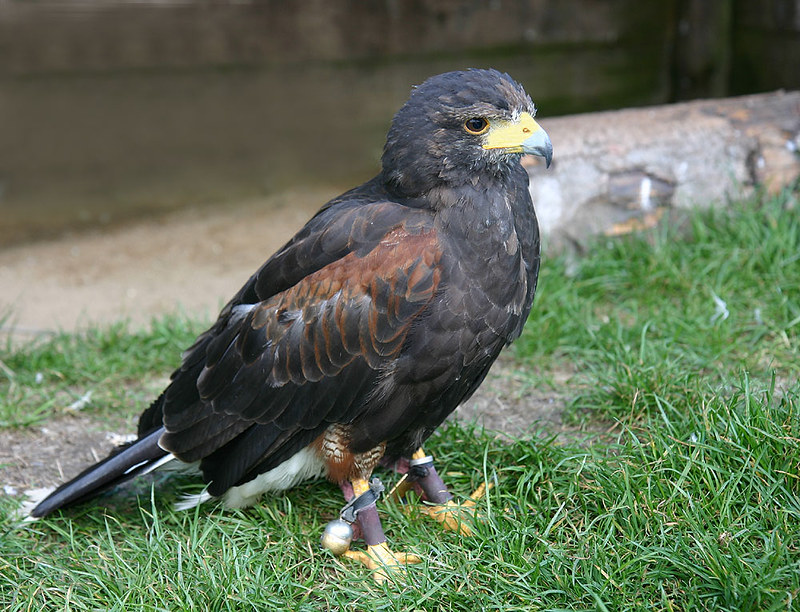
Harris’s Hawk Hunting Technique:
- Cooperative hunting in small groups.
- Each bird plays a specific role in the hunt.
- Teamwork allows for larger prey capture.
- Hunts rabbits and birds in desert and scrubland habitats.
- Unusual among raptors, attracting fascination among ornithologists.
Black Hawk-Eagle (Spizaetus tyrannus)
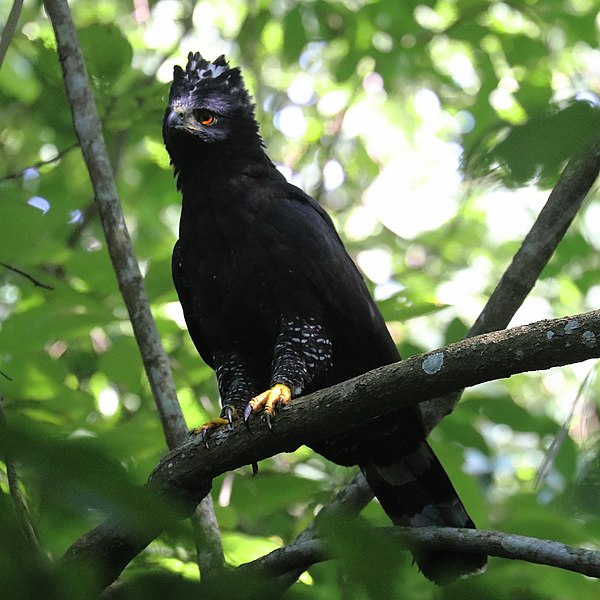
Black Hawk-Eagle Hunting Technique:
- Uses “snatching” prey from tree branches.
- Hunts monkeys, birds, and small mammals silently.
- Long, powerful wings and talons for rapid prey capture.
- Often hunts in tropical rainforests.
- Striking black plumage blends into shadowed canopy.
- Specialized hunting style and physical prowess make it an exceptional forest predator.
Cooper’s Hawk (Accipiter cooperii)
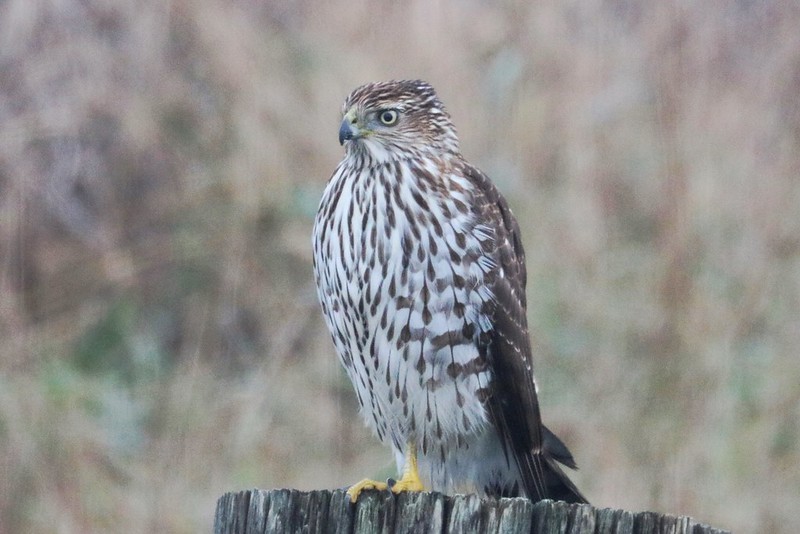
Cooper’s Hawk Hunting Technique:
- Unexpected hunting method involves chasing prey through dense vegetation.
- Agile and fast-flying predator specializing in birds.
- Targets songbirds and small avian species.
- Needs exceptional maneuverability due to short wings and long tail.
- Known for their speed and agility, making them effective woodland hunters.
- Mostly found in wooded areas for capturing prey.
